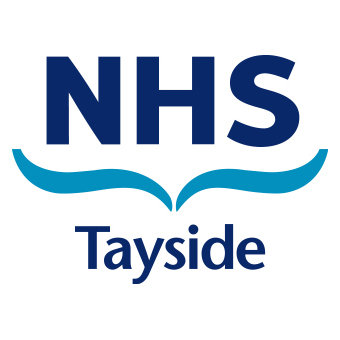IV therapy
Slow bolus 10% IV Calcium gluconate over 10 minutes, followed by IV Calcium gluconate infusion. If serum Mg <0.6 mmol/l consider IV Magnesium Sulphate.
Dosage/administration of calcium gluconate
See below for links to BNFc.
Acute hypocalcaemia, urgent correction (intravenous bolus):
- 0.11mmol/kg (0.5mL/kg of calcium gluconate 10%) as a single dose by intravenous injection over 5-10 minutes. Maximum dose 4.5 mmol (20ml calcium gluconate 10%).
- Concentrations greater than 0.045mmol/mL should be given via a central venous access device. Can be given undiluted in emergencies over 3-5 minutes.
- Onset within 3 minutes but effect lasts 30-60 minutes therefore may need to repeat dose.
- Can be repeated following discussion with consultant or followed by continuous infusion.
Acute hypocalcaemia, maintenance (continuous intravenous infusion):
| Age |
Dose |
| Neonate |
0.5 mmol/kg |
| 1 month to 1 year |
1 mmol/kg/d (max. 8.8mmol) |
| 12 to 17 years |
8.8 mmol |
- Adjusted according to response, dose to be given over 24 hours.
- Use oral route as soon as possible due to risk of extravasation.
Reconstitution of calcium gluconate:
- Draw up 10mL (2.2mmol) of calcium gluconate 10% and dilute to a final volume of 50mL with sodium chloride 0.9%.
- This produces a stock solution containing 0.044mmol/mL.
- Draw up required dose - 0.11mmol/kg urgent correction dose is equivalent to 2.5mL/kg.
Monitor
- ECG - ?arrhythmia
- BP - hourly
- IV site for local reaction/extravasation - regular direct observation
- Ionised Calcium - initialy 6 hourly and then 6-12 hourly as indicated, aiming for Ca2+ ≥1.0 mmol/l (corrected Ca ≥1.9 mmol/l).
Start oral therapy
Start oral therapy early as it takes 2-3 days to increase Ca absorption from the gut (see mild hypocalcaemia node for doses).
- Calcium – oral calcium 6 hourly, AND
- Alfacalcidol (1a-Hydroxycholecalciferol) once daily.
Alfacalcidol is the active form of vitamin D and increases Calcium gut absorption and retention from the kidneys. This is given in preference to vitamin D in the acute phase of treatment when vitamin D and Parathyroid hormone (PTH) levels are not yet known (PTH is responsible for converting inactive vitamin D into the active 25OH form - low levels of PTH will result in less active Vit D, and so less absorption from the gut).
Weaning IV therapy
Wean IV Calcium gluconate slowly over 24-48 hours guided by ionised Calcium.
Stopping the calcium infusion is likely to result in a rapid fall in serum Ca2+ due to uptake into bone (“bone hunger”). Reduce infusion in 10-20% increments 4-6 hourly as calcium normalises.
Liaise with endocrine team about follow up bloods via tay.paediatricendocrine@nhs.scot
External Links
BNFc - calcium gluconate
BNFc - magnesium sulphate
BNFc - alfacalcidol

